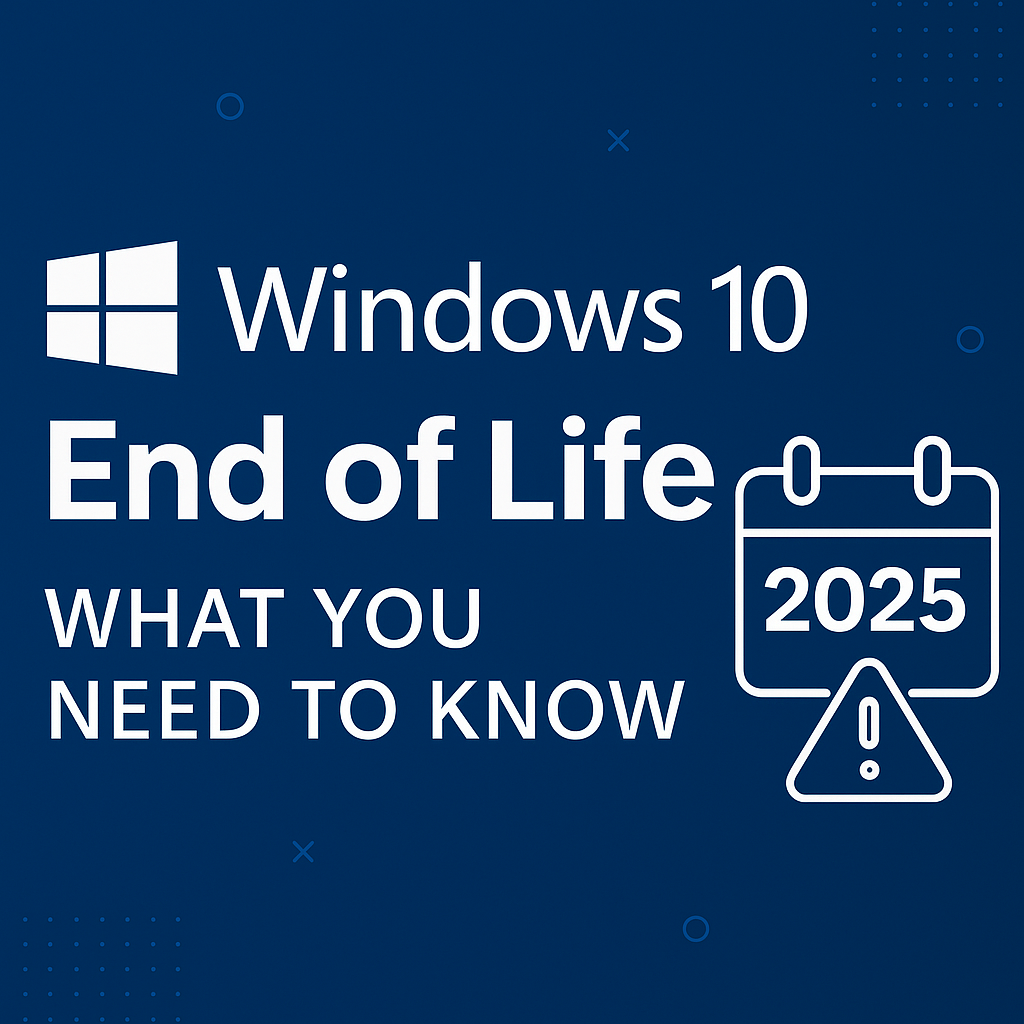In an era where technology evolves at breakneck speed, businesses and organizations find themselves navigating the lifecycle of IT assets. From acquisition to disposal, each phase holds its unique set of challenges and opportunities. IT asset disposition (ITAD) refers to the process of disposing of obsolete or unwanted IT equipment in a secure, environmentally responsible, and cost-effective manner. This process is not merely about getting rid of old equipment; it encompasses data security, environmental considerations, and asset recovery, ensuring a circular economy where resources are reused and recycled, reducing the environmental footprint.
The journey of ITAD practices has mirrored the technological advancements and growing environmental concerns. Initially focused on the simple disposal of old equipment, ITAD has evolved into a complex discipline. Modern ITAD providers offer a suite of services including secure data erasure, hardware recycling, and even refurbishing and reselling viable equipment. This evolution reflects a shift towards a more responsible and value-driven approach to asset management.
Understanding IT Assets
IT assets are the backbone of any modern organization. They range from tangible items like computers, network equipment, and electronic devices to intangible assets such as software and data. Managing these assets effectively is critical to maintaining operational efficiency and protecting sensitive information. These IT assets include:
- Computers and laptops
- Servers and storage devices
- Network equipment (routers, switches, firewalls)
- Mobile devices (smartphones, tablets)
- Peripheral devices (printers, scanners)
- Software licenses and applications
- Data stored on these devices
The lifecycle of IT assets includes acquisition, deployment, maintenance, and eventual disposition. Each stage presents its own set of challenges. Organizations face numerous challenges in managing their IT assets, including keeping track of asset inventory, protecting information on data-bearing devices, and conducting a cost-benefit analysis to decide when to retire old equipment. Additionally, the need to ensure compliance with industry standards and government regulations adds another layer of complexity to asset management.
Environmental Impact of IT Asset Disposition
E-Waste Concerns
The disposal of electronic equipment is a growing environmental issue. Electronic waste, or e-waste, contains hazardous substances which, if not properly managed, can harm the environment. ITAD services contribute significantly to e-waste reduction by extending the life of IT assets and ensuring the safe recycling or disposal of electronic devices.
Regulatory Landscape
Government agencies worldwide have introduced regulations to manage the disposal of electronic devices and protect data privacy. These regulations vary based on geographical locations but share a common goal: to encourage environmentally responsible disposal practices and prevent data breaches.
Importance of Sustainable Practices
Adopting sustainable ITAD practices is crucial for businesses to minimize their environmental impact and ensure compliance with industry standards. Environmentally responsible methods such as secure data erasure, equipment refurbishment, and adherence to e-Stewards standards for electronic recycling are at the core of sustainable ITAD strategies.
Benefits of Proper IT Asset Disposition
Cost Savings
Proper IT Asset Disposition (ITAD) not only helps organizations manage their electronic waste but also offers significant cost savings. By systematically retiring old equipment, companies can recover value from these assets through resale or recycling. This asset recovery process reduces the need for new purchases, saving money. Moreover, a well-managed ITAD strategy minimizes the costs associated with storage and maintenance of outdated or unused equipment.
Data Security
In an era where data breaches can devastate a company’s finances and reputation, ensuring the secure destruction or wiping of data from devices is paramount. ITAD services specialize in data sanitization and secure data erasure, ensuring that all sensitive information is securely wiped or destroyed before the equipment is disposed of, recycled, or resold.
Reputation Management
Effective ITAD practices reflect an organization’s commitment to environmental responsibility and data privacy, crucial factors in today’s business landscape. Proper disposition of IT assets helps organizations avoid the negative publicity associated with environmental non-compliance or data breaches. By adhering to sustainable disposal practices and ensuring secure data destruction, companies can strengthen their brand reputation, fostering trust among consumers and stakeholders.
Strategies for IT Asset Disposition
Organizations can effectively manage the disposition of their IT assets, ensuring data security, regulatory compliance, and environmental sustainability by following these strategic steps:
Inventory and Assessment
- Conduct a thorough inventory of all IT assets, documenting their type, location, and condition.
- Assess each asset’s lifecycle stage to make informed decisions on disposal, resale, or recycling.
- Ensure comprehensive documentation to avoid overlooking any devices and to adhere to data security and disposal protocols.
Data Sanitization and Destruction
- Implement secure data destruction methods tailored to the asset type and sensitivity of the data.
- Choose between software-based data erasure and physical destruction based on the asset and data involved.
- Utilize certified data destruction techniques to comply with data privacy laws and industry standards, reducing the risk of data leaks.
Reuse, Resale, Recycling
- Evaluate each asset for potential reuse within the organization to extend its useful life and generate savings.
- Consider resale in the secondary market for a return on investment, if the asset is in good condition and data has been securely erased.
- Opt for environmentally responsible recycling for assets that cannot be reused or resold, contributing to the circular economy and minimizing environmental impact.
Legal and Compliance Considerations
Data Privacy Laws
Organizations must navigate a complex web of data privacy laws, such as GDPR in Europe and various state laws in the U.S., which dictate how personal data should be handled and protected. ITAD processes must ensure compliance with these laws to avoid substantial fines and legal repercussions, emphasizing the importance of secure data erasure practices.
Environmental Regulations
Environmental regulations at the local, national, and international levels govern the disposal of electronic waste. Proper ITAD practices ensure that organizations comply with these regulations, avoiding penalties and contributing to the global effort to manage e-waste responsibly.
Industry Standards and Certifications
Adhering to industry standards and achieving certifications like R2 (Responsible Recycling) or e-Stewards demonstrate an organization’s commitment to best practices in asset disposal. These standards provide a framework for the secure, environmentally responsible disposition of IT assets, guiding organizations in maintaining high levels of compliance and operational integrity.
Best Practices in IT Asset Disposition
When it comes to IT Asset Disposition (ITAD), implementing best methods is important for ensuring the process is both efficient and effective.
Vendor Selection Criteria
A critical first step of an asset disposition plan is establishing vendor selection criteria. It’s essential to choose ITAD companies that not only have a strong reputation and proven expertise but also hold industry-recognized certifications like R2 (Responsible Recycling), e-Stewards, or ISO standards.
Chain of Custody Management
Managing the chain of custody is another pivotal aspect of ITAD best practices. This involves tracking the movement and handling of IT assets from the moment they are decommissioned until their final disposition. Effective chain of custody management ensures that assets remain secure and that all data destruction processes are thoroughly documented, minimizing the risk of data breaches.
Reporting and Documentation
Finally, comprehensive reporting and documentation are essential for verifying the proper handling and disposition of IT assets. This includes detailed records of data destruction and recycling processes, certifications of recycling, and any other relevant documentation that can prove compliance with regulatory requirements and industry best practices.
Emerging Technologies in IT Asset Disposition
The ITAD sector is witnessing the integration of emerging technologies that promise to revolutionize how organizations manage the disposition of their IT hardware. Blockchain technology, for instance, is being explored for its potential to enhance traceability. By providing an immutable ledger of transactions, blockchain can offer a transparent and verifiable record of each asset’s journey through the disposition process, from decommissioning to final disposal.
Artificial Intelligence (AI) is another transformative technology, particularly for predictive analytics. AI can analyze patterns in asset usage and lifecycle, helping organizations make more informed decisions about when to retire or repurpose IT assets. This not only maximizes the value recovered from these assets but also improves the efficiency of the disposition process.
Challenges and Pitfalls to Avoid
Despite the advancements and best practices in ITAD, organizations face several challenges and pitfalls. A common issue is the lack of a clear strategy. Without a well-defined ITAD plan, companies may find themselves reacting to disposal needs rather than proactively managing their assets’ lifecycle, potentially leading to inefficiencies and increased costs.
Data breach risks are another significant concern. The improper handling or destruction of data-bearing devices can expose sensitive information, leading to legal and reputational damage. Ensuring the secure and complete destruction of data is paramount to mitigating these risks.
Lastly, inadequate vendor due diligence can be a critical oversight. Partnering with an ITAD provider that lacks the necessary certifications, experience, or capabilities can result in non-compliance with regulations, data security breaches, and environmental harm.
Summary: Maximizing Value and Sustainability Through IT Asset Disposition
Embracing effective IT Asset Disposition (ITAD) practices is not just a necessity but a strategic advantage for modern businesses aiming to secure their data, maximize asset value, and fulfill environmental responsibilities. The integration of emerging technologies like blockchain, AI, and IoT promises to further enhance ITAD processes, offering greater efficiency, traceability, and security. As we look to the future, these technological advancements, alongside a growing emphasis on sustainability, are set to redefine ITAD strategies, making them more effective and essential than ever.
However, to fully leverage these opportunities, businesses must remain vigilant against common pitfalls such as the lack of clear strategy, data breach risks, and inadequate vendor due diligence. By adhering to these guiding principles and embracing innovation and systematic approach, companies can not only achieve a responsible and secure ITAD process today but also position themselves to navigate the evolving landscape of IT asset management with confidence and strategic insight.



